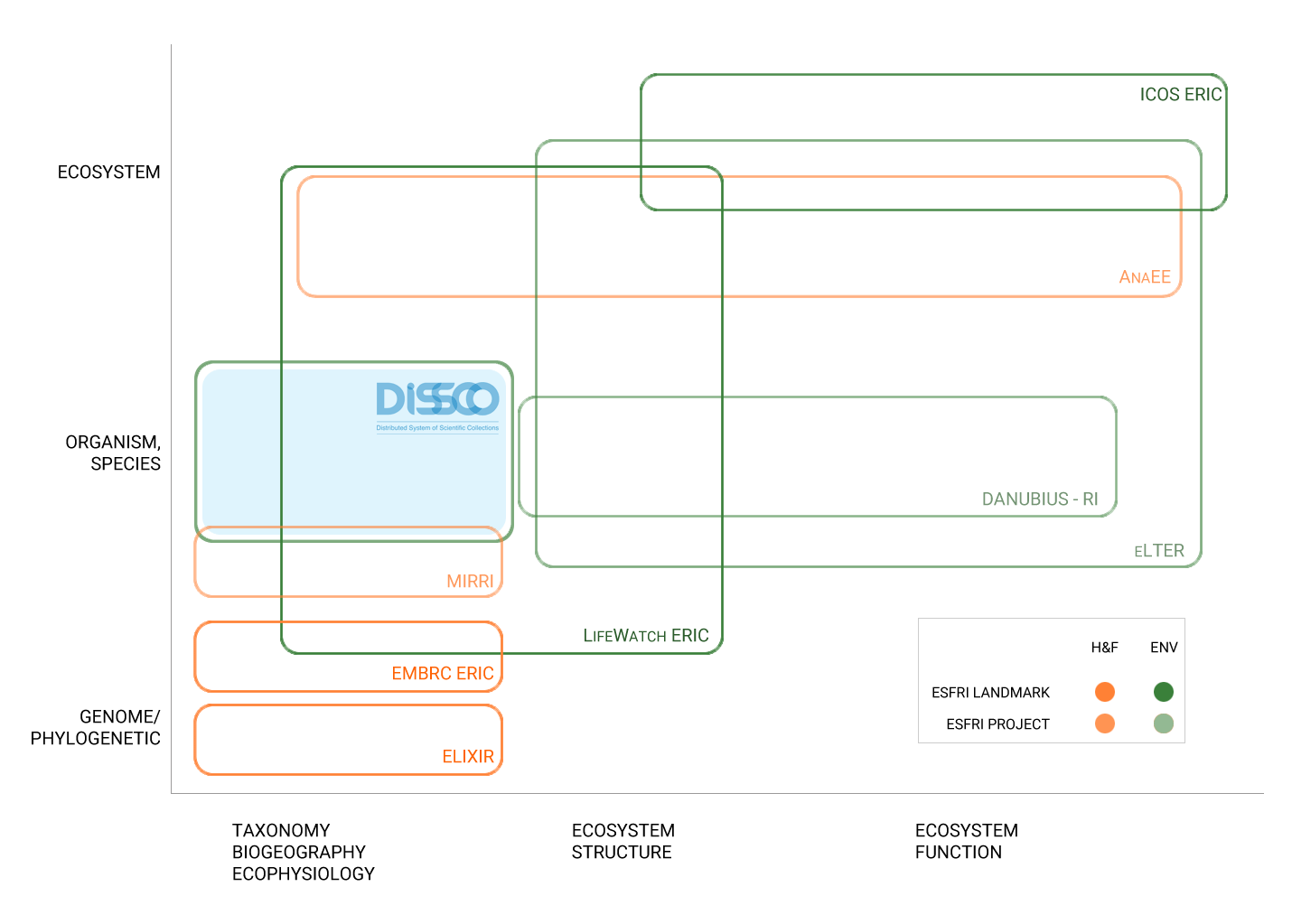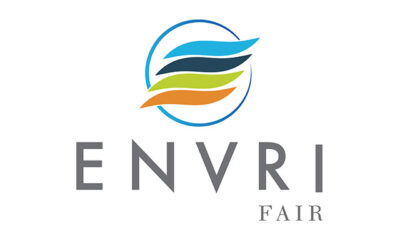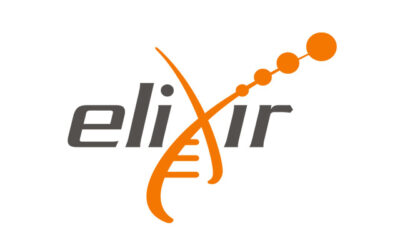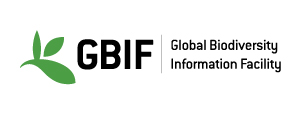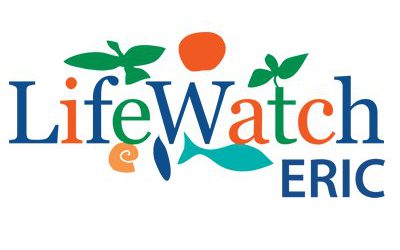DiSSCo in the Research Infrastructure Landscape
DiSSCo will lie on the basis of scientific research
There are, in the European landscape of environmental Research Infrastructures, different initiatives that aim at aggregating, monitoring, analysing and modelling geo and bio-diversity information. The effectiveness of these services, however, is based on the quality and availability of primary reference data that today is scattered and incomplete. By mobilising, harmonising and providing Natural Science Collections data, DiSSCo fills a significant gap in the value chain of European RIs because it provides a fundamental basis of knowledge at the scale and precision required to enable research for tackling grand societal challenges.


An all too well-known example
DiSSCo RI will mark a milestone for collection-holding institutions by redoubling the value of their natural heritage and proving the indispensable role of biodiversity data when addressing important demands in the scientific domain. The CETAF-DiSSCo Covid-19 Taskforce is an excellent example of this: collections-linked organisations from all over the world joining forces on a science-led response to the pandemic.
ENVRI
DiSSCo’s place among other Research Infrastructures
DiSSCo does not work in a vacuum and therefore seeks to work in close collaboration with other RIs. The ENVRI community allows for this alignment, providing the space where all environmental RIs can share and harmonize data and policies, and produce joint products and services for different user communities.
Source: Strategy Report on Research Infrastructures, p. 71, CC BY-NC-SA 4.0
The collaborative work with other RIs creates mechanisms for detecting overlaps, potential disparities and ways to strengthen common dynamics within the community. Lessons learnt by others may also assist the implementation of RIs that may face similar critical aspects at different levels of maturity. This not only applies at the European level but also globally, where initiatives similar to DiSSCo are developed (e.g. iDigBio in the USA or ALA in Australia). An interactive map of all Research Infrastructures is available at this link.
DiSSCo already has a collaborative and fruitful relationship with a number of RIs.
ENVRI Fair
ENVRI-FAIR is the connection of the Cluster of Environmental Research Infrastructures (ENVRI) to the European Open Science Cloud (EOSC).
ELIXIR
Elixir is an intergovernmental organisation that brings together life science resources from across Europe.
GBIF
GBIF—the Global Biodiversity Information Facility—is an international network and Research Infrastructure funded by the world’s governments and aimed at providing anyone, anywhere, open access to data about all types of life on Earth.
LifeWatch
LifeWatch is designed to tackle increasingly diverse data and larger and more advanced models, open data and open science clouds to explore new frontiers in ecological science and support society in addressing the global challenges ahead.
iDigBio
iDigBio – through a dedicated programme – makes data and images for millions of biological specimens available. The mission of iDigBio is furthermore to develop a national infrastructure by overseeing implementation of standards and best practices for digitisation.
eLTER
Through research and long-term observation of representative sites around the globe, eLTER enhances our understanding of the structure and functions of ecosystems, which provide essential services to people.
Catalogue of Life (COL)
Catalogue of Life (COL) is a collaboration bringing together the effort and contributions of taxonomists and informaticians from around the world.
E-RIHS
E-RIHS is the European Research Infrastructure for Heritage Science that supports research on heritage interpretation, preservation, documentation and management.
Beyond DiSSCo: Mapping the Landscape
Research Infrastructures Dashboard
The data visualised in this dashboard is a representative sample of 35 biodiversity and environmental-related RIs and platforms that share DiSSCo's areas of interest. While there are many more to be catalogued and incorporated, this sample set provides the opportunity to 1) explore the types of data that can be collected and visualise, 2) the insights that can be revealed by visualising the data and 3) the ways that a future user could search for and identify RIs that offer the potential for collaboration and synergy.
Next, the types of data and insights were identified that would be of most interest for users to see and be able to query. The following data categories were identified as the key components on which to aggregate and query data for each Research Infrastructure: fields and specialities, geographic coverage, funding source(s), funding timeline, services, projects and users.
Data was then collected on each of these categories and coded it into a consistent structure, relying primarily on RI websites and funding body websites like the European Commission's CORDIS and the National Science Foundation (NSF) grants portal.
This sample dataset was then aggregated and organised into a relational database structure for prototyping into a visual dashboard using Microsoft Power BI (see below).
